|
The technique of intaglio was developed about 500 years
ago and has until recently been used by artists with the almost original
materials. The traditional materials are oil-based varnishes and
grounds made from asphalt, resin or tar. Also organic solvents
are used. These materials can cause health problems.
Meanwhile alternative methods with less toxic, water-based materials
from acrylic were developed by several printmakers and suppliers.
On this page you can get an impression of how to work
with acrylic grounds.
 Hard Ground
Hard Ground
 Soft
Ground Soft
Ground
 Water-colour
Effects Water-colour
Effects
 Aquatint Aquatint
 Lift
Ground Lift
Ground
Hard Ground
There are several acrylic hard grounds. Some are poured
onto the plate, some can be applied with a brush. This is an example of
the Johnson Clear Polish hard ground.

Soft Ground
One option for an acrylic soft ground is the water-based
ink "Crimson Red N° 166" from Graphic Chemical. It can be
used as a roll-on soft- and hard ground. Mixed with an acrylic binder,
it can be used as a soft ground while the mixture is still moist. After
hardening it can be worked on as a hard ground. This way, both techniques
can be combined in one step.
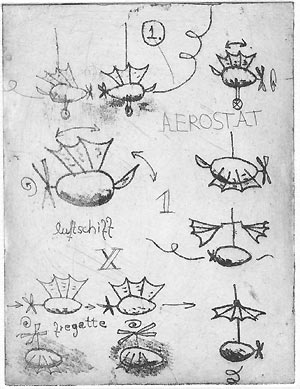
Fig.: soft ground with short, middle and long etching
times (from left to right) with letters drawn in the hardened ground
The ink is mixed with an acrylic binder in a 2:1 ratio and rolled onto
the plate in thin layers. After 15 minutes, the plate is ready for being
worked on like a traditional soft ground.
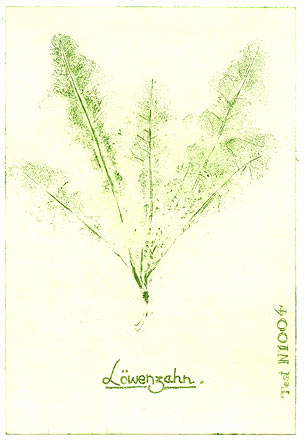
Fig.: soft ground impression
After hardening, the ground can be used like a hard ground.
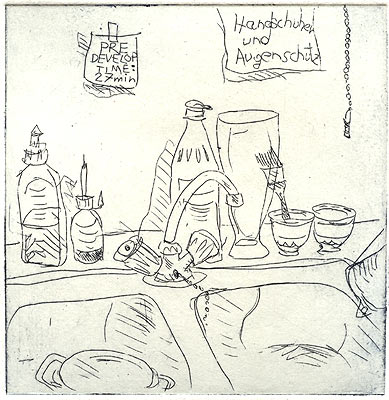
Fig.: hard ground
Water-colour Effects
The black water based ink "Black No. 1659" from
Graphic Chemical allows creating water-colour effects. Mixed with distilled
water, the ink is painted onto the plate, creating a kind of aquatint
grain.
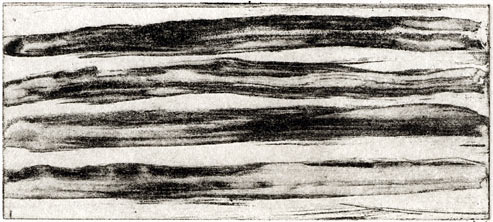
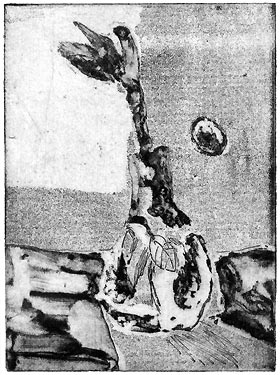
Aquatint
Instead of applying an aquatint grain from asphalt or
resin dust, acrylic aquatint can be sprayed onto a plate with an airbrush.
The airbrush can also be a part of the creative process.
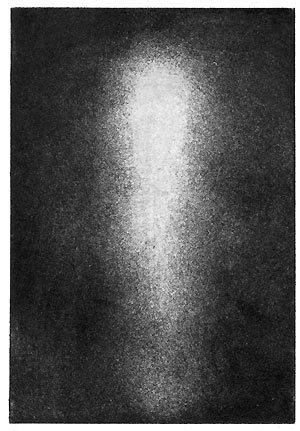
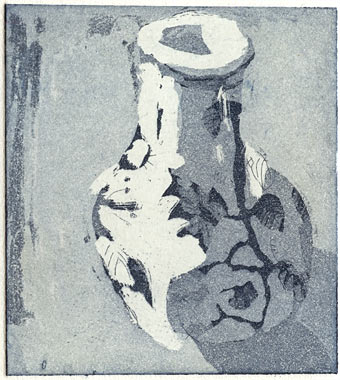
Lift Ground
Like the traditional sugar lift, also lift ground with
water-based materials is based on the fact that water repels oil.
After working on the plate with oil-based materials like oil crayon,
lipstick or coconut oil, the plate is covered with an acrylic ground by
pouring or spraying it onto the plate.
After hardening, the oily areas are wiped out with a soft rag.
The carefully degreased plate has to be prepared with an aquatint before
being etched.
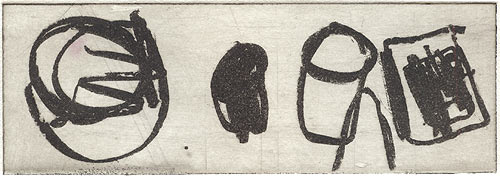
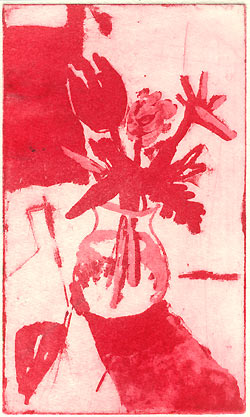
|